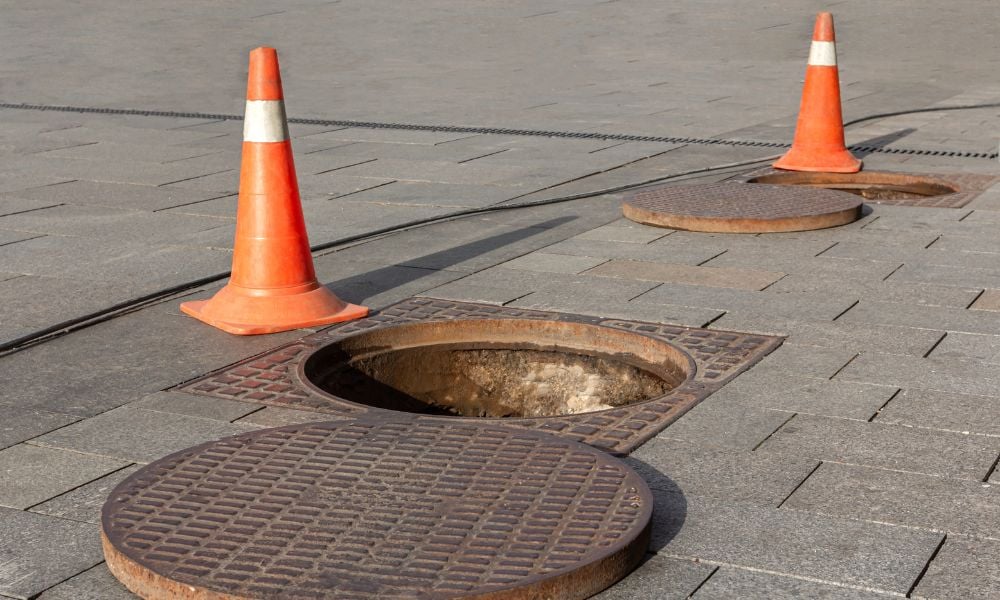Proving the link between subpar standard of care and cause of injuries is key

Medical malpractice can be among the more challenging areas of practice because of the medical knowledge lawyers need and the requirement to prove the applicable standard of care was not followed, says Maria Damiano, president-elect of the Ontario Trial Lawyers’ Association. Moreover, if the medical professional’s care and treatment did not meetthat standard, it must also be proved that the breach of standard caused the injuries being claimed.
The “true question” in medical malpractice, says Damiano, a malpractice lawyer with Harte Law, is how you turn “bad things” that can happen when you receive medical treatment “into a malpractice case that establishes that the healthcare professional fell below the expected standard of care.”
Heidi Brown, a partner with personal injury and malpractice law firm Bogoroch & Associates, adds that the next step is proving “that there is a causal link between the breach of the standard of care and the damages you are asserting [the plaintiff] suffered.
“You’d think that it sounds pretty straightforward,” Brown says. Still, lawyers, courts, and academics all have “difficulty articulating the test of causation” when multiple factors could have played a role in the plaintiff’s damages. “Rarely is it ever clear cut.” Brown says that even if one side wins at the trial level, medical malpractice cases are often appealed, and causation is often the central issue. “It tends to go up the line until another court renders the final word.”
Damiano and Brown are both speakers at a Canadian Lawyer webinar, Medical malpractice: Insights and practical considerations, on Nov. 16.
Both lawyers say that malpractice law shares many elements with personal injury law, but often the details are more clear-cut with the latter. “If it’s a motor vehicle accident, or a slip-and-fall situation, you can frequently say at first instance that it looks like someone was negligent,” says Damiano. Conversely, while something might have gone wrong with a medical situation, it doesn’t mean it was negligence.
Brown points out that a malpractice lawyer must be able to assess the injuries suffered and the likelihood of success. And because a lawsuit might reflect negatively on a medical professional’s reputation, the defence of a malpractice case is often quite vigorous.
“There’s a very narrow margin between negligence and perhaps what is acceptable within the sphere of, of medical error and medical choice,” Brown says, “and as plaintiff’s counsel, you’re going to have to access experts in the relevant medical field to be able to guide and advise you.”
Damiano says a good understanding of medicine and malpractice law is needed to judge which cases to take, even before an expert is brought in. Most plaintiff lawyers who practise in med-mal do so on a contingency basis, so they have to carry disbursement costs for what can turn out to be many years. “Being able to screen what looks like a case and what doesn’t is very important,” she says, “so it is important to educate yourself to see whether or not a case is viable to start with.”
Both lawyers also say it may be difficult to find experts for the plaintiff, as medical professionals may feel they are dishonouring the profession if they testify against a professional colleague and are often more comfortable testifying on behalf of the defence.
Brown and Damiano also say that medical malpractice is not an area of law that can be “dabbled” in. While a lawyer may not need medical training, the more experience you have in this practice area, the more competent you become.
Notes Brown: “People who don’t do malpractice as a significant part of their practice are likely to not have a full appreciation of the nuances and the subtleties involved in being able to establish the elements needed to prove a breach of standard of care and the hurdle of causation.”
The challenges of malpractice law are also reflected in which cases lawyers are willing to take on. Brown and Damiano say that while they’d “love” to take on any case that comes across their desk, given how expensive and lengthy these cases typically are, a cost benefit analysis must be dene early on. Often, the cost of litigating the action will exceed the damages that can be claimed at trial. So, malpractice lawyers have to make difficult decisions to determine which cases have the best chance of success.
“We have to be very careful in selecting cases, as it’s about their economic viability,” Damiano says. Telling a potential malpractice client that their cases may not pass this test “is one of the more difficult things we do.”
Brown hopes that one day there will be a system devised to fairly compensate plaintiffs in lesser value cases on an economically viable basis “because access to justice is certainly being denied to many people who are deserving.” But the current process for litigating these smaller cases, as it stands, “doesn’t make it possible.”
Damiano also points out that the physical or emotional toll of a medical malpractice case dragging on for years is hard on both the plaintiff and the medical professional defendant.
“For the defendant it’s never pleasant to have your professional reputation questioned,” she says. As for the plaintiff, there is the physical and emotional toll of waiting for a case to be settled or adjudicated, especially in catastrophic injury cases with the cost of treatment, therapy and making life easier can be high.
On the emotional side, if the case involves a fatality, each development or phone call “is like ripping the scab off a wound over and over.”
In the end, the case may bring monetary compensation, she says, “but it won’t bring that person back.”










